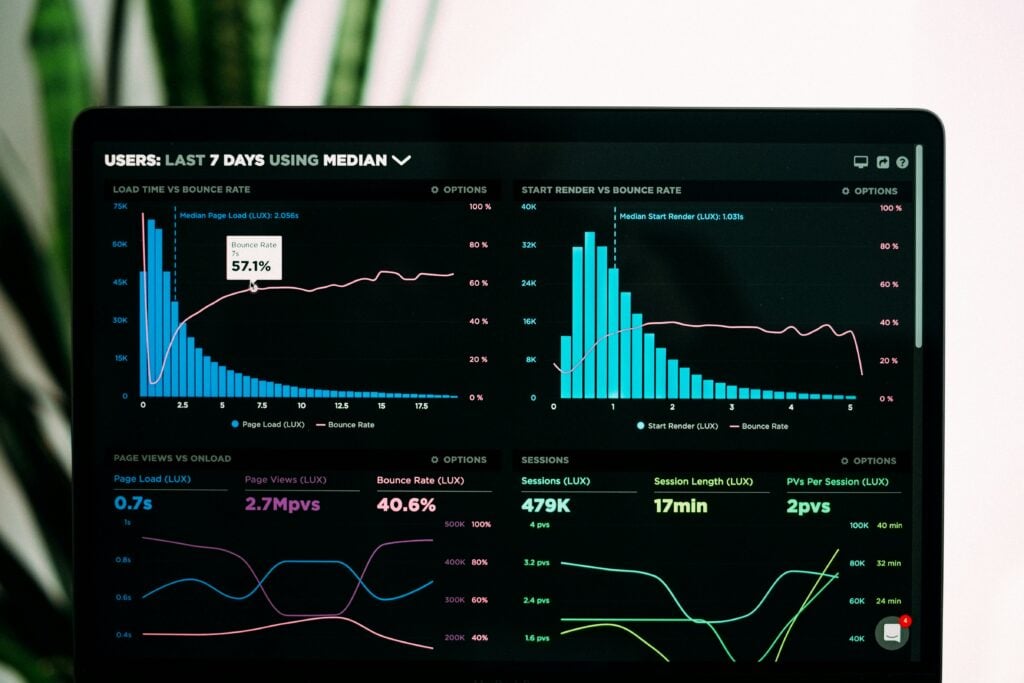Your app hit 100,000 downloads. So what?
It might look great in a boardroom slide deck, but download numbers alone don’t tell you whether your app is delivering real value, or if it’s gathering dust on users’ home screens.
Just look at Clubhouse: the audio-only app rocketed to over 10 million downloads in under a year, only to see user retention and engagement nosedive just as fast. And they’re not alone, according to Localytics, 21% of users abandon an app after just one use.
If downloads are your north star, you’re optimising for the wrong thing.
The Problem: Vanity Metrics Mislead
There’s a reason downloads are called vanity metrics. They’re easy to track, easy to inflate, and easy to celebrate. But they’re also dangerously misleading.
A high number of downloads might look like traction, but it often masks more critical questions:
- How many users actually return after Day 1?
- Are they completing key tasks?
- Are you solving the problem you set out to solve?
We’ve seen it before, product teams funnelling significant budget into paid campaigns or App Store promotions that rapidly inflate download numbers. Internally, these spikes are often reported as success stories. But a week later, usage drops off a cliff. The installs are there, but users aren’t returning, engaging, or getting any value.
The truth is: downloads don’t equal product-market fit. They don’t indicate user satisfaction, loyalty, or commercial impact. Without supporting metrics like retention, activation, and task success, they’re just noise.

The Breakdown: What Real Product Performance Looks Like
A successful product isn’t one that’s downloaded. It’s one that’s used consistently, meaningfully, and in ways that contribute to your business goals.
That means delivering value not just once, but repeatedly. It means becoming a tool your users rely on, day after day, task after task. Whether it’s streamlining internal workflows or improving customer interactions, the true measure of product success is the ongoing impact it has on real-world outcomes.
Here’s what actually matters:
- Activation Rate: How quickly are users reaching their first moment of value?
- Retention & Stickiness: Are they coming back? Daily, weekly, monthly?
- Task Success Rate: Are users completing the critical actions the product was designed for?
- Time to Value (TTV): How long does it take to deliver measurable benefit?
- Business Contribution: Is the product saving time, generating revenue, or reducing friction?
These are the metrics that define long-term product health. Not just peaks on a graph, but progress toward impact. In fact, according to Mixpanel, only 2.6% of app users remain active 30 days after download across most industries. That’s why tracking ongoing engagement and contribution to business outcomes is far more valuable than chasing install numbers.
The Build-Up: Shift to Strategic Product Metrics
Measuring the right things means redefining success:
- From downloads → to daily active users (DAU)
- From installs → to retention cohorts
- From flashy features → to successful task completion
- From launch milestones → to time saved or revenue unlocked
Take any internal platform or customer-facing app, success shouldn’t be defined by the number of downloads or installs. Instead, we’ve seen far more impact when teams track how the product reduces operational overhead, supports key tasks, or drives user satisfaction over time. When your product metrics focus on outcomes, like hours saved, conversions improved, or repeat usage, you unlock insights that shape better roadmaps and more confident business decisions.
How We Measure What Matters
At Sonin, we never stop asking: “What’s the outcome you’re aiming for?”
Because a feature isn’t valuable unless it changes something, whether that’s a behaviour, a process, or a business outcome. That’s why our Discovery phase focuses on:
- Defining your users’ core jobs to be done
- Mapping measurable outcomes to every feature
- Aligning KPIs to commercial and operational goals
We use custom scorecards throughout development to track progress against these outcomes—not just outputs. Whether it’s improving the success rate of a core task or reducing internal admin time, we keep real metrics front and centre.
Move Beyond Vanity Metrics
If you want your app to drive real results, it’s time to move beyond downloads.
Start by tracking what really matters: engagement, retention, success, value. Because that’s what leads to impact.